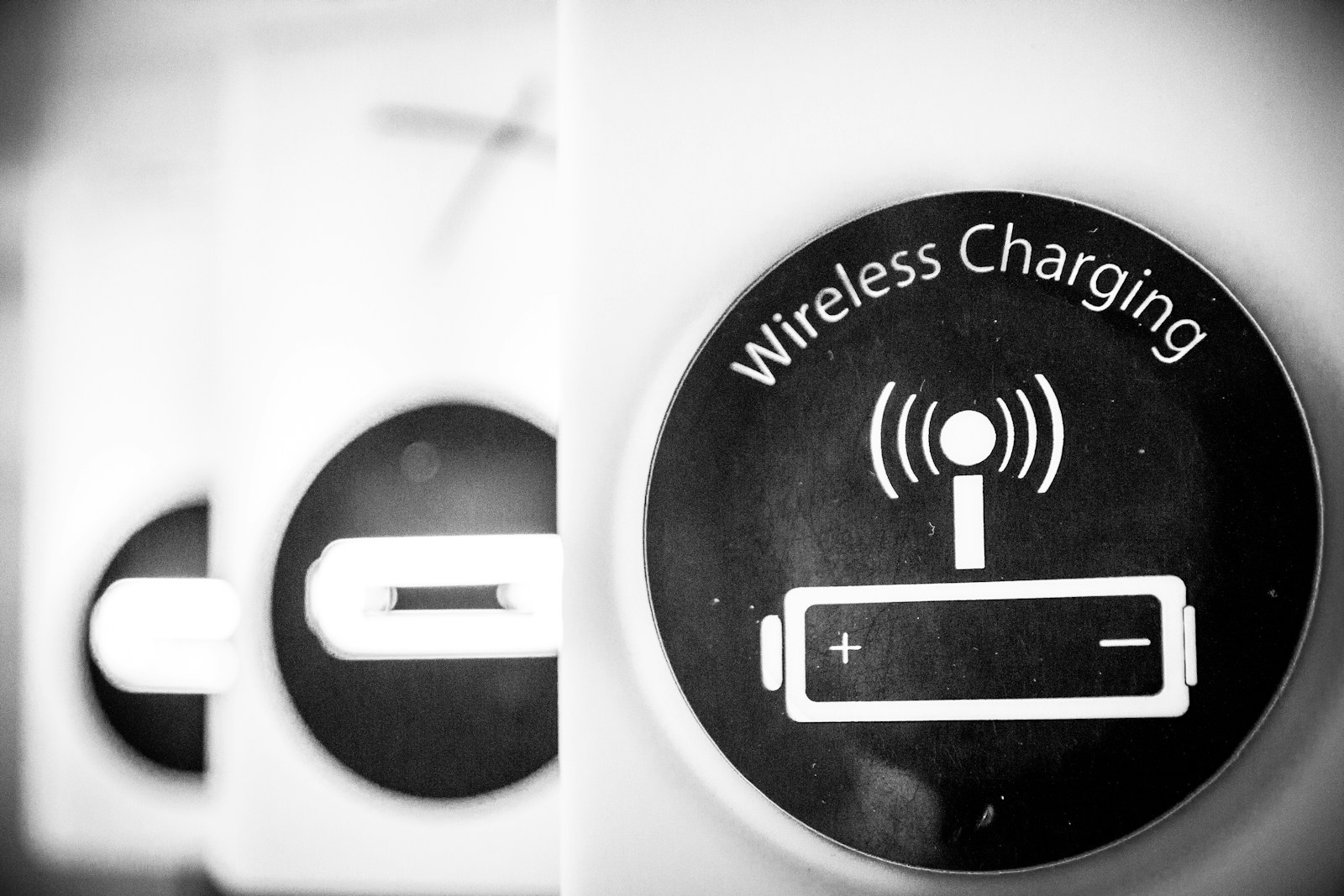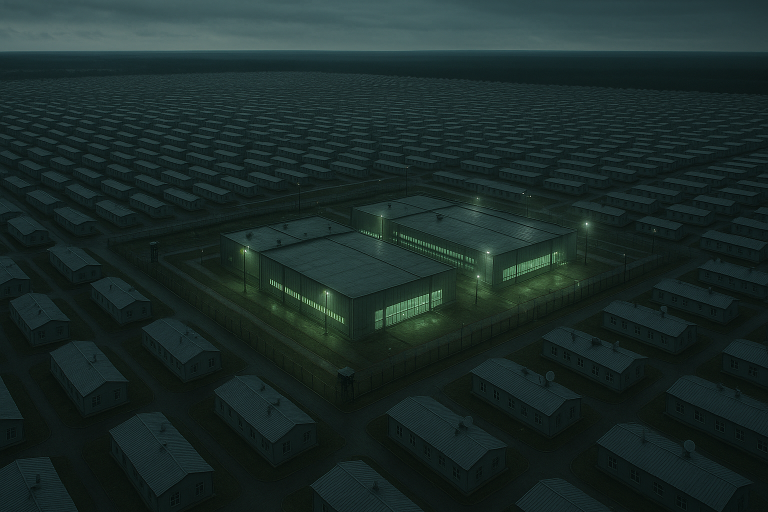Chinese Professor Zhou Yang Develops Cement That generates Electricity
Imagine a world where the concrete beneath your feet doesn’t just support buildings—it powers them. A groundbreaking cement-hydrogel composite, developed by researchers in China, is turning this vision into reality. Inspired by the intricate structure of plant stems, this material harvests waste heat and converts it into electricity, all while storing energy for later use. With cities accounting for 75% of global energy consumption, this innovation could redefine sustainable urban design.
The Science of Heat-Harvesting Cement
Traditional cement has a hidden talent: the ionic thermoelectric effect. When one side of the material is heated, ions migrate from the hot end to the cold end, generating a voltage. But until now, this phenomenon was too weak to be practical.
Why?
Cement’s dense structure traps ions, limiting their movement. Think of it like a traffic jam in a narrow tunnel—ions can’t flow freely, reducing efficiency.
Enter Professor Zhou Yang and his team at Southeast University. By mimicking the layered vascular systems of plants, they engineered a cement-hydrogel composite that solves this problem.
The Bio-Inspired Breakthrough
The team’s design alternates layers of traditional cement with polyvinyl alcohol (PVA) hydrogel—a soft, water-rich material. Here’s how it works:
- Hydrogel Highways: The hydrogel acts as a rapid transit system for hydroxide ions (OH⁻), letting them zip through unimpeded.
- Selective Ion Bonding: Calcium ions (Ca²⁺) stick tightly to the cement-hydrogel interfaces, while hydroxide ions move freely. This imbalance creates a stronger voltage.
- Energy Storage: The layered structure also functions like a capacitor, storing generated electricity for later use.
By the Numbers:
- Seebeck Coefficient: −40.5 mV/K (10x higher than previous cement materials).
- Figure of Merit (ZT): 6.6×10⁻² (6x improvement).
- Mechanical Strength: Comparable to standard cement, ensuring structural integrity.
From Sidewalks to Skyscrapers: Real-World Applications
This material isn’t just a lab curiosity—it’s a game-changer for smart infrastructure:
- Self-Powered Buildings: Walls and floors could harvest heat from sunlight, HVAC systems, or even human activity to power lights and sensors.
- Smart Highways: Roads that generate electricity from solar heat to illuminate streetlights or charge electric vehicles.
- Autonomous Bridges: Structures that monitor stress, cracks, or corrosion using embedded sensors powered by their own thermal energy.
At the upcoming SynBioBeta Conference, experts will spotlight how such bioengineered materials could slash the 8% of global CO2 emissions attributed to cement production while enabling energy-smart cities.
Why This Matters for the Climate
Cement production is a top-three industrial carbon emitter, but this innovation flips the script:
- Passive Energy Generation: Buildings become power plants without added infrastructure.
- Waste Heat Utilization: Industrial facilities could repurpose excess heat from machinery.
- Reduced Grid Reliance: Urban areas cut fossil fuel dependence by tapping into ambient thermal energy.
The Road Ahead: Challenges and Opportunities
While promising, scaling this technology faces hurdles:
- Cost: Hydrogel additives may raise production expenses, though mass adoption could lower prices.
- Durability: Long-term performance in extreme weather (freezing, humidity) needs testing.
- Integration: Retrofitting existing structures vs. new construction.
Yet, the potential is staggering. Future iterations could integrate synthetic biology—like bacteria that enhance ion mobility—or pair with perovskite solar cells for hybrid energy harvesting.
A Paradigm Shift in Construction
This cement-hydrogel composite isn’t just a material—it’s a philosophical shift. By embedding energy generation into the fabric of our cities, we move closer to a circular economy where infrastructure gives back more than it takes.
As Professor Zhou’s team refines the technology, the dream of self-sustaining smart cities inches toward reality. The concrete jungle? It might just become the power plant of tomorrow.






